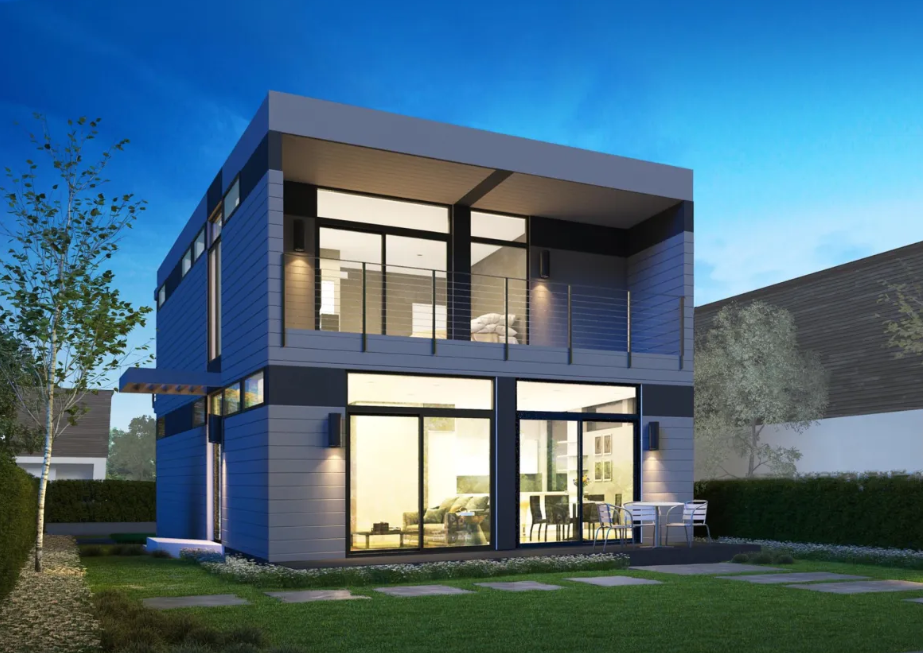Prefabricated homes, also known as prefab homes, offer a cost-effective and efficient housing solution for seniors. These homes are built off-site in sections and then transported to the final location for assembly. Here's a guide to help seniors find affordable prefabricated homes.

Understanding Prefabricated Homes
-
Types of Prefab Homes: Includes modular homes, manufactured homes, and panelized homes. Modular homes are built in sections and assembled on-site, while manufactured homes are constructed entirely off-site and transported whole. Panelized homes involve pre-made panels that are assembled on-site.
-
Cost Advantages: Prefabricated homes can be 10-25% cheaper than traditional homes due to the controlled factory environment and bulk purchasing of materials.
Benefits for Seniors
-
Affordability: Lower construction costs make prefab homes an attractive option for seniors on a budget.
-
Quick Construction: Prefab homes can be assembled in weeks, reducing wait times.
-
Energy Efficiency: Modern prefab homes are often built with energy-efficient materials and systems, reducing utility bills.
-
Customization: Many prefab manufacturers offer customization options to meet the specific needs of seniors, such as accessible layouts.
Finding Low-Cost Prefabricated Homes
-
Research Manufacturers
-
National and Local Manufacturers: Look for reputable prefab home manufacturers. Some well-known companies include Clayton Homes, Champion Homes, and Palm Harbor Homes.
-
Compare Prices and Options: Visit manufacturer websites to compare prices, styles, and customization options.
-
Explore Financing Options
-
Loans and Mortgages: Many lenders offer loans specifically for prefab homes. Look into options from banks, credit unions, and specialized lenders.
-
Government Programs: Seniors may qualify for programs such as the USDA Rural Development Home Loan or FHA Title I loans, which can provide favorable financing terms.
-
Consider Location and Land Costs
-
Land Purchase: Ensure you factor in the cost of purchasing land if you don't already own a lot.
-
Zoning and Permits: Check local zoning laws and obtain necessary permits. Some areas have restrictions on prefab homes.
-
Evaluate Total Costs
-
Base Price: The initial cost of the home.
-
Transportation and Assembly: Costs for delivering and assembling the home on-site.
-
Utilities and Hookups: Expenses for connecting to water, electricity, and sewage systems.
-
Site Preparation: Costs for land clearing, foundation laying, and landscaping.
Tips for a Successful Purchase
-
Visit Model Homes: If possible, visit model homes to get a sense of the layout, quality, and features.
-
Check Reviews and References: Research reviews and ask for references from previous buyers to ensure the manufacturer's reliability.
-
Negotiate: Don't hesitate to negotiate prices and ask about discounts or promotions.
Example Manufacturers and Price Ranges
-
Clayton Homes: Offers a wide range of affordable modular and manufactured homes. Prices typically start around $40,000.
-
Champion Homes: Known for energy-efficient designs, with prices starting at approximately $50,000.
-
Palm Harbor Homes: Offers customizable options with prices beginning around $60,000.
Conclusion
Prefabricated homes present an excellent opportunity for seniors seeking affordable and efficient housing solutions. By researching manufacturers, exploring financing options, and carefully considering total costs, seniors can find a low-cost prefab home that meets their needs. With benefits like quick construction, energy efficiency, and customization, prefab homes are a practical and attractive option for senior living.



